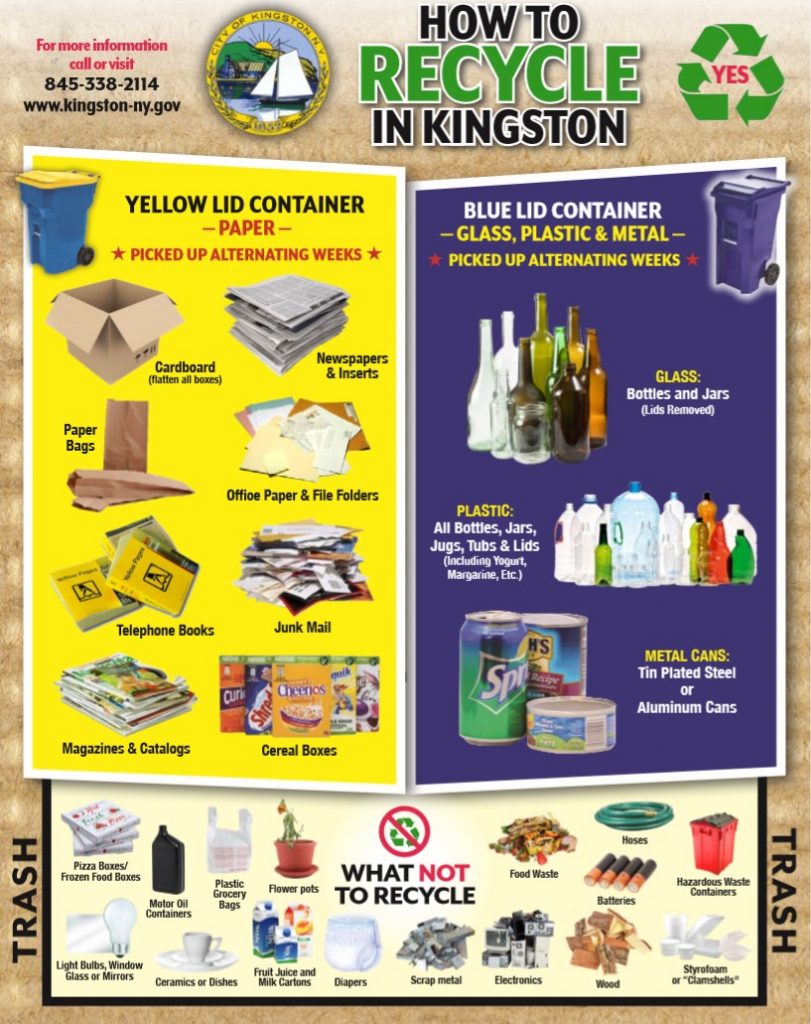The Global Resources Outlook 2024: A Report on Sustainable Resource Use

Introduction
The scientific community is united in its belief that urgent global transformation towards the sustainable use of resources is necessary. The 2024 edition of the Global Resources Outlook highlights the crucial role of resources in achieving the Sustainable Development Goals (SDGs) outlined in the Agenda 2030 and multilateral environmental agreements. This report utilizes the best available data, modeling, and assessments to analyze trends, impacts, and distributional effects of resource use. It builds upon over 15 years of work by the International Resource Panel, incorporating scientific assessments, inputs from countries, and insights from regional experts and stakeholders.
Trends in Resource Use
The report reveals that global resource use has continued to increase since the previous edition in 2019. Furthermore, it predicts that demand for resources will continue to rise in the coming decades. Without immediate and concerted action, resource extraction could increase by 60% from 2020 levels by 2060, leading to greater damage and risks.
A Path Towards Sustainability
Despite these concerning trends, the report emphasizes that there is still an opportunity to reverse negative trajectories and steer humanity towards sustainability.
Policy Action for Sustainability
To achieve this, bold policy action is crucial. Unsustainable activities must be phased out, and responsible and innovative approaches to meeting human needs should be accelerated. Additionally, conditions that promote social acceptance and equity within necessary transitions must be created. This includes embedding resources in the implementation of multilateral environmental agreements, defining sustainable resource use paths, and implementing appropriate financial, trade, and economic incentives. The pathway towards sustainability is becoming increasingly narrow and steep, and time is running out. The scientific consensus is clear: the question is no longer whether a transformation towards global sustainable resource consumption and production is necessary, but rather how to make it happen now. Addressing this reality, based on evolving concepts of a just transition, is an essential part of any credible and justifiable way forward.
SDGs, Targets, and Indicators
| SDGs | Targets | Indicators |
|---|---|---|
| SDG 12: Responsible Consumption and Production | Target 12.2: By 2030, achieve the sustainable management and efficient use of natural resources | No specific indicators mentioned in the article |
| SDG 13: Climate Action | Target 13.2: Integrate climate change measures into national policies, strategies, and planning | No specific indicators mentioned in the article |
| SDG 14: Life Below Water | Target 14.2: By 2020, sustainably manage and protect marine and coastal ecosystems to avoid significant adverse impacts | No specific indicators mentioned in the article |
| SDG 15: Life on Land | Target 15.2: By 2020, promote the implementation of sustainable management of all types of forests, halt deforestation, restore degraded forests, and substantially increase afforestation and reforestation globally | No specific indicators mentioned in the article |
1. Which SDGs are addressed or connected to the issues highlighted in the article?
- SDG 12: Responsible Consumption and Production
- SDG 13: Climate Action
- SDG 14: Life Below Water
- SDG 15: Life on Land
The article discusses the need for urgent global transformation towards sustainable resource use, which aligns with SDG 12. It also mentions the triple planetary crisis, which includes climate change (SDG 13), marine and coastal ecosystems (SDG 14), and forests (SDG 15).
2. What specific targets under those SDGs can be identified based on the article’s content?
- Target 12.2: By 2030, achieve the sustainable management and efficient use of natural resources
- Target 13.2: Integrate climate change measures into national policies, strategies, and planning
- Target 14.2: By 2020, sustainably manage and protect marine and coastal ecosystems to avoid significant adverse impacts
- Target 15.2: By 2020, promote the implementation of sustainable management of all types of forests, halt deforestation, restore degraded forests, and substantially increase afforestation and reforestation globally
The article emphasizes the need for sustainable resource use, which aligns with Target 12.2. It also highlights the importance of integrating climate change measures into policies and planning, which relates to Target 13.2. Additionally, the article mentions the need to sustainably manage marine and coastal ecosystems (Target 14.2) and promote sustainable forest management (Target 15.2).
3. Are there any indicators mentioned or implied in the article that can be used to measure progress towards the identified targets?
No specific indicators are mentioned or implied in the article that can be used to measure progress towards the identified targets.
Source: unep.org







